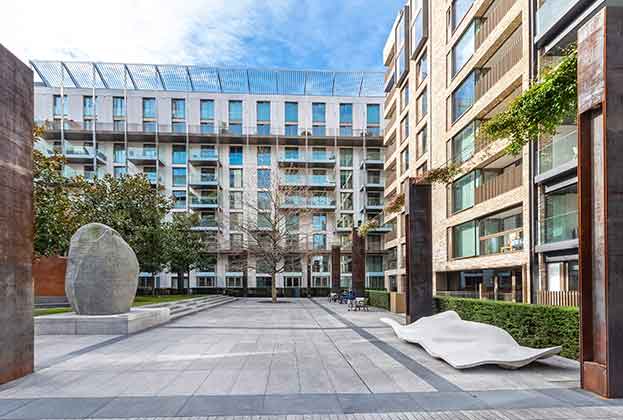Prime rents begin to show signs of recovery in a market of low stock and steady demand
The second half of 2019 marked a turning point for the prime London rental market, as growth began to return after a three-year period of rental falls.
Since early 2016, and the introduction of the 3% stamp duty surcharge for additional homes, prime rents have fallen by 7.7% across London and by 14.9% in the more expensive central London market. But the additional supply that came into the market as a result of that surcharge has now mostly been absorbed.
In London’s commuter belt, the prime market is also showing signs of recovery, though at a more gradual rate compared with the capital. Rents across markets from Cambridge to Surrey fell by 0.5% during 2019 – but this was the smallest annual adjustment for three years.
So, what will be the driving factors for rents over the coming five years?
The result of the general election reduces the risk of rent controls proposed by the Labour Party. But with a swathe of other regulation either introduced during 2019 or under consultation, challenges remain for the buy-to-let market. The question will be the extent to which this has a serious impact on supply in the market, and whether any shift is significant enough to trigger strong rental growth going forward.
Read the articles within Prime Residential Rents below.


.jpg)
.jpg)